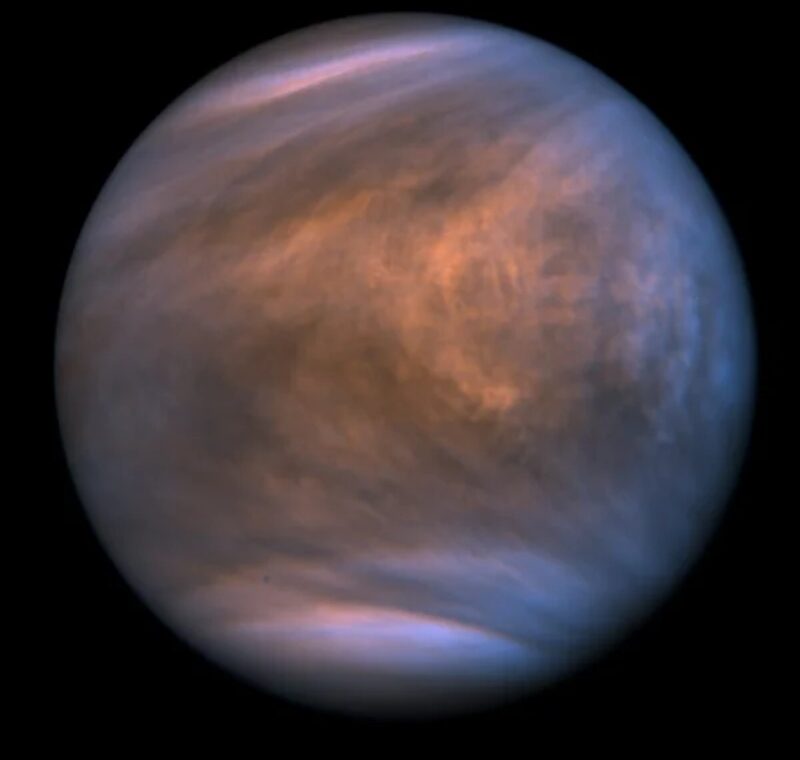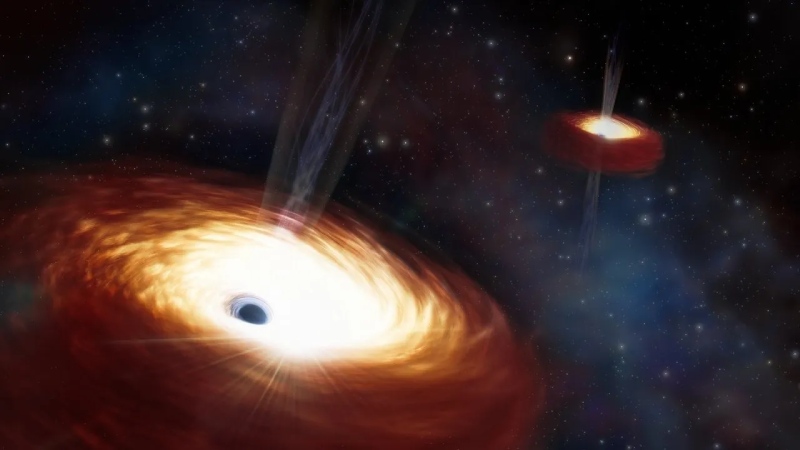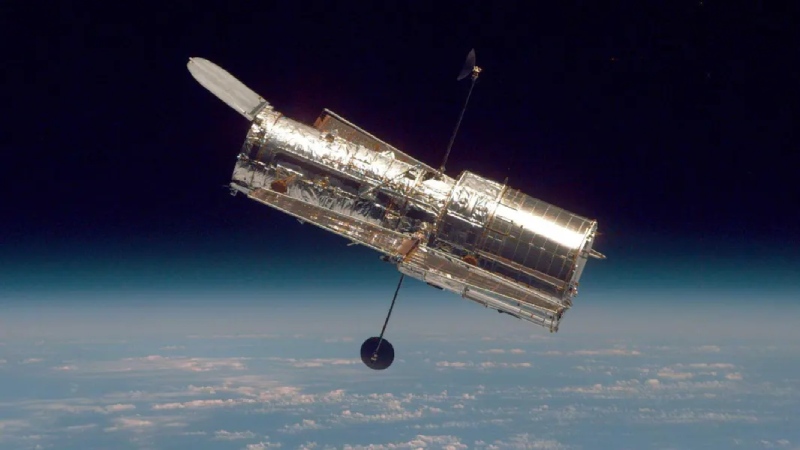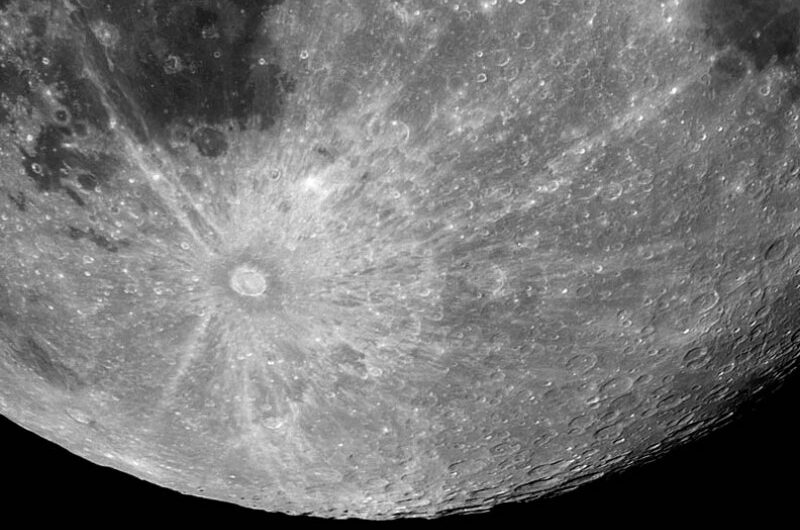Venus, the evening sky’s brightest star, is a great case study for understanding the severe effects of climate change because of the many similarities between Earth and Venus.
In addition to many other similarities, Venus previously had water, just like Earth, but it eventually dried up, leaving the planet into a gas chamber and hostile. Researchers have now determined how Earth’s nearby cosmic neighbour got so dry.
Planetary scientists at the University of Colorado Boulder discovered what is known as “the water story on Venus”: hydrogen atoms in the planet’s atmosphere shoot into space as a result of a process called “dissociative recombination.” Compared to earlier estimates, this results in twice as much water disappearing from the earth every day.
Compared to Earth, Venus has 100,000 times less water.
Once, VENUS had Water:
For a long time, scientists have suspected that Venus was once covered in water, just like Earth. Billions of years ago, during the formation of the world, water took shape.
But at some point in its distant past, carbon dioxide clouds in Venus’ atmosphere sparked the solar system’s strongest greenhouse effect, which led to the planet’s surface reaching a scorching 900 degrees Fahrenheit and the evaporation of water.
The incapacity of this past evaporation to explain Venus’s current state of dry and its ongoing water loss to space, however, confuses scientists.
What Caused VENUS’s Water Loss?
The group tried to imagine Venus as a massive chemistry laboratory by using computer simulations to focus on the various reactions that take place in the planet’s spinning atmosphere.
Water is essential to life as we know it. The relatively dry state of Venus now may have resulted from conditions that we need to understand in order to support liquid water in the cosmos, according to Eryn Cangi, co-lead author of the new work and research scientist at the Laboratory for Atmospheric and Space Physics (LASP).
She went on to say that there would be a liquid layer around three kilometers deep if all the water on Earth were spread out like jam on toast. You would end up with only three centimeters if we carried out the same procedure on Venus, where all of the water is contained in the atmosphere.
“Despite having the same mass and size as Earth, Venus has 100,000 times less water on its surface,” stated Michael Chaffin, a research scientist at LASP and co-lead author of the study.
According to the study’s findings, Venus’s leaving water may be caused by a molecule called HCO+, which is an ion composed of one hydrogen atom, one carbon atom, and one oxygen atom that is present at high atmospheric levels.
Cangi, a co-lead author of the study, stated, “We’re trying to figure out what little changes occurred on each planet to drive them into these vastly different states.” The findings offer new insight into why Venus, which apparently formerly shared nearly the same appearance as Earth, is now practically unrecognizable.
Topics #Earth #Evaporate #galaxy #news #Planet #planet Earth #planet Venus #solar system #universe #Venus #Water










